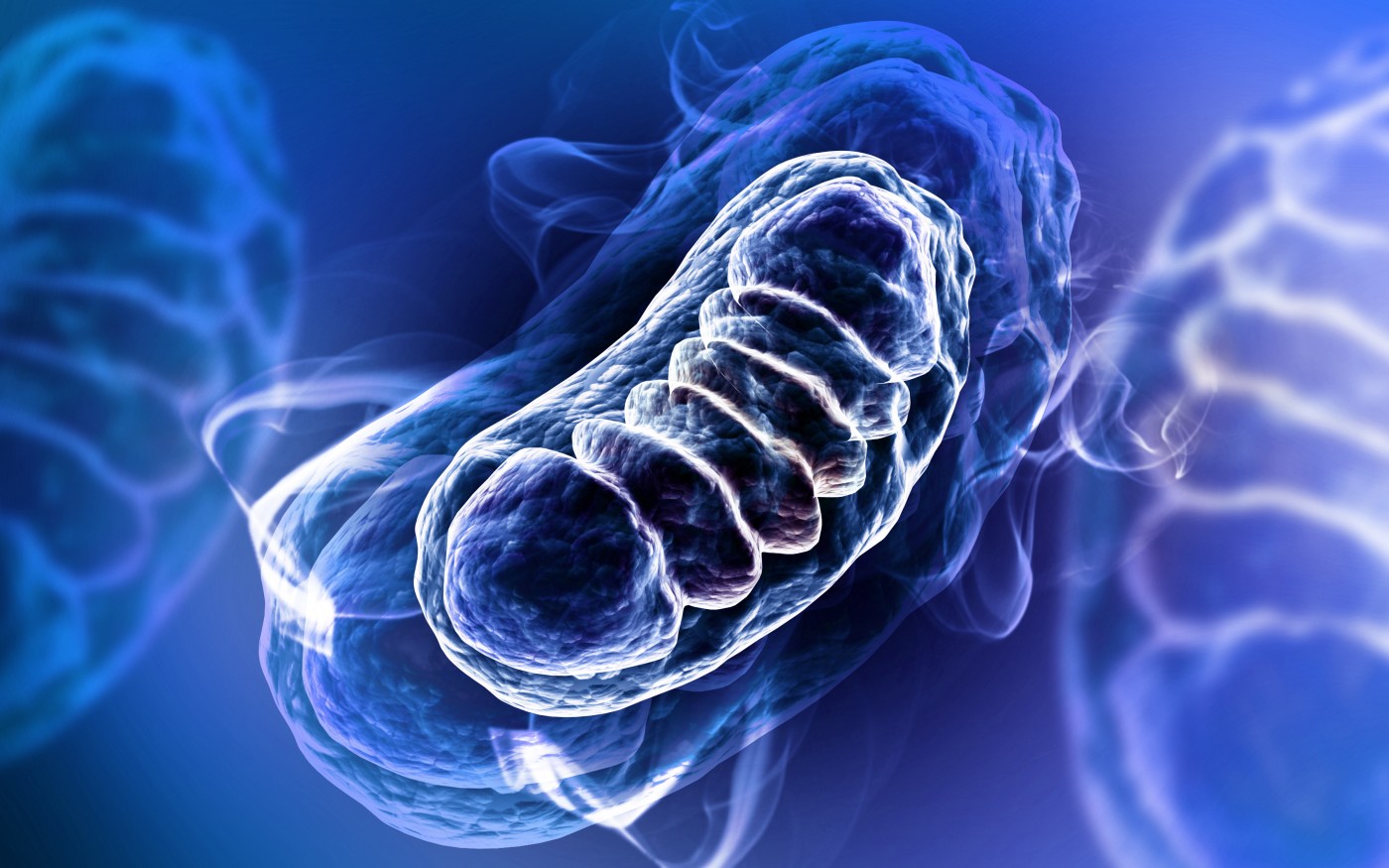#CMSC16 – Metabolism in MS and the Role of Mitochondrial Dysfunction

One June 3, a workshop titled “Metabolism in MS and Related Conditions” was presented at the 2016 Annual Meeting of the Consortium of Multiple Sclerosis Centers (CMSC), held June 1-4 in National Harbor, Maryland. One of the speakers was Dr. David Sheikh-Hamad, professor of medicine-nephrology at Baylor College of Medicine in Houston, Texas, who discussed the role played by mitochondria in multiple sclerosis (MS) pathogenesis, and other central nervous system (CNS) conditions in a talk entitled “Mitochondrial Dysfunction in MS and Related CNS Diseases.”
Sheikh-Hamad began by explaining that the inflammatory environment, characteristic of diseases such as MS, leads to the formation of chemically reactive oxygen species (ROS), a natural byproduct of the normal metabolism of oxygen. He also said “there is evidence for a primary contribution of oxidative stress to neuronal death in neurodegenerative and neuroinflammatory disorders.”
As for mitochondria, the powerhouses of the cell where the energy for the body is produced, he noted that “several lines of evidence suggest mitochondrial dysfunction is present in patients with MS and EAE mouse models.” EAE stands for experimental autoimmune encephalomyelitis, and is a condition in mice that mimics MS in humans. This mitochondrial dysfunction has been associated with “mitochondrial DNA alterations, mitochondrial structural changes, defective mitochondrial DNA repair mechanisms, changes in mitochondrial gene expression, abnormal mitochondrial enzyme activities, increased free radical production, and oxidative damage,” Sheikh-Hamad said.
He discussed results from a study showing that MS patients have a decreased expression of mitochondrial genes in their brain motor cortex compared to healthy controls, and a decreased expression of mitochondrial proteins in MS lesions and muscle.
Sheikh-Hamad and his team are working on a protein called stanniocalcin-1 (STC1), which is known to inhibit inflammation. The team found that STC1 can decrease superoxide (a type of ROS) generation in macrophages (important white blood cells) through the induction of UCP2 (uncoupling protein-2).
Abnormalities in the UCP2 gene have previously been reported to be linked to an increased susceptibility for MS. According to Sheikh-Hamad, UCP2 is known to “reduce mitochondrial membrane potential and ROS production.”
The hypothesis that Sheikh-Hamad and his team are exploring is that STC1 can suppress superoxide generation and inhibit macrophages, offering a cytoprotective mechanism and an anti-inflammatory response. The team also observed that STC1 plays a protective role for the brain during ischemia (stroke).
The research team suggests that STC1, due to its protective and anti-inflammtory properties, and ability to suppress ROS formation, “may potentially be of benefit in MS.” More studies are required to explore this hypothesis.






